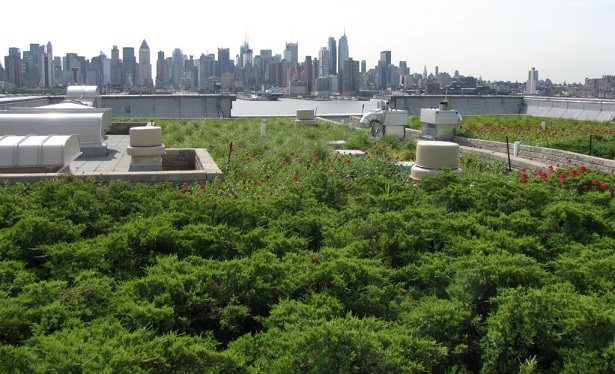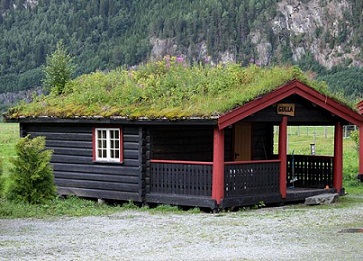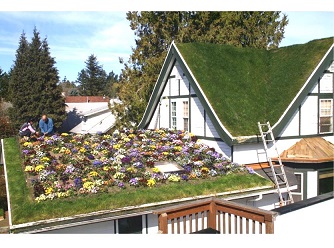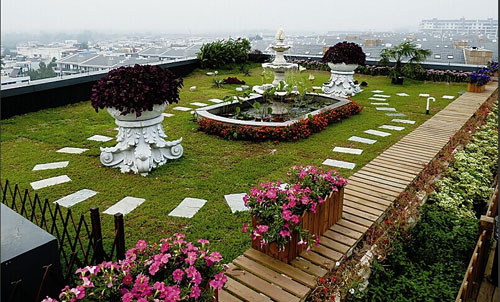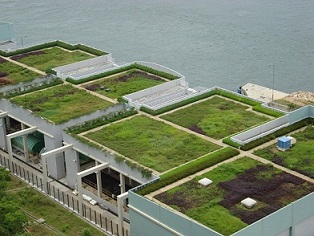Greening Roof Technology History

In ancient times green roofs consisted of cave like structures or sod roofs covered with earth and plants commonly used for agriculture, dwelling, and ceremonial purposes. These early shelters provided protection from the elements, good insulation during the winter months, and a cool location in the summer. Unfortunately for modern conveniences, these were neither waterproof nor was there any system to keep out unwanted burrowing wildlife.
Modern green roof technology began in the early seventies in Germany when the first green roof systems were developed and marketed on a large scale. Unlike former “green roofs” this first approach offered reliable technology that provided sophisticated irrigation and protection against root ingress for rooftop gardens.
The second big step was the development of extensive green roofs in the late eighties. The goal was to create lighter and cheaper systems which could be applied to large flat roofs. The main motivation for extensive green roofs was the restoration of nature and protection of the roof membranes from the elements and temperature fluctuations.
As extensive green roofs became subjects in scientific research, additional benefits began to gain importance. Today, ecological benefits such as reduced energy consumption for heating and cooling, stormwater retention, and heat island mitigation are the main reasons for the growing popularity of green roofs. Other benefits include habitat restoration, filtration of acid rain and air pollutants, noise pollution reduction, and the therapeutic effects found from being in the presence of nature.



